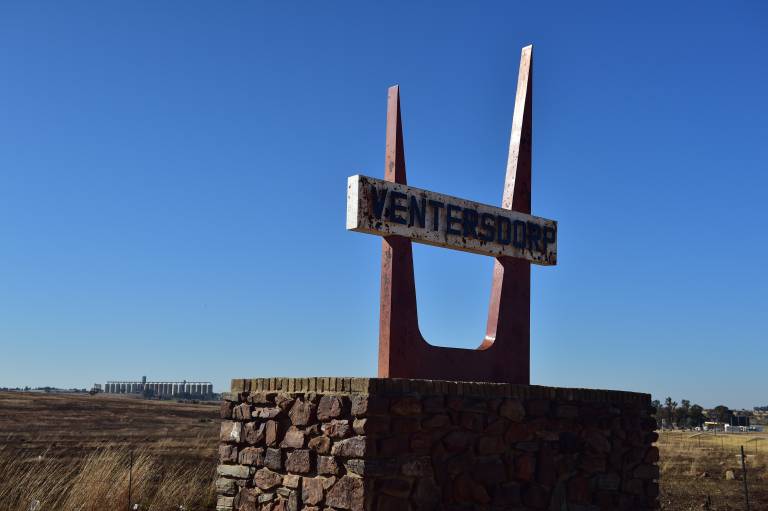The earliest report of bone-bearing breccia from a Monte Christo Formation cave (South Africa)
22 March 2024
A series of historical documents by the 19th-century amateur naturalist and palaeontologist Alfred Brown report the earliest discovery of bone-bearing cave breccia in the former Transvaal (South Africa).

A series of historical documents by the 19th-century amateur naturalist and palaeontologist Alfred Brown report the earliest discovery of bone-bearing cave breccia in the former Transvaal (South Africa). The oldest of these reports dates from 1890 and predates the first mention of the existence of bone-bearing breccia at the famous Sterkfontein-Kromdraai caves by five years. The breccia fragment was kept by Brown in his collection, where it was noted to come from the Monte Christo gold mine near Ventersdorp (North-West Province). Brown's specimen is lost, but we could relocate the mine and confirm the presence of breccia deposits. Alfred Brown's notes are the earliest scientific report about the bone-bearing nature of Plio-Pleistocene South African caves and the first to acknowledge them as a potential source of hominin fossils, some 30 years before the discovery of the Taung Child, Australopithecus africanus. The finding strengthens the chronology of the discovery of the South African fossil hominin sites. It also significantly shortens the gap between the gold rush and the first discovery of bone-bearing breccia in the Witwatersrand.
The earliest report of bone-bearing breccia from a Monte Christo Formation cave (South Africa)
Julien Benoit & Christine Steininger
 Close
Close

